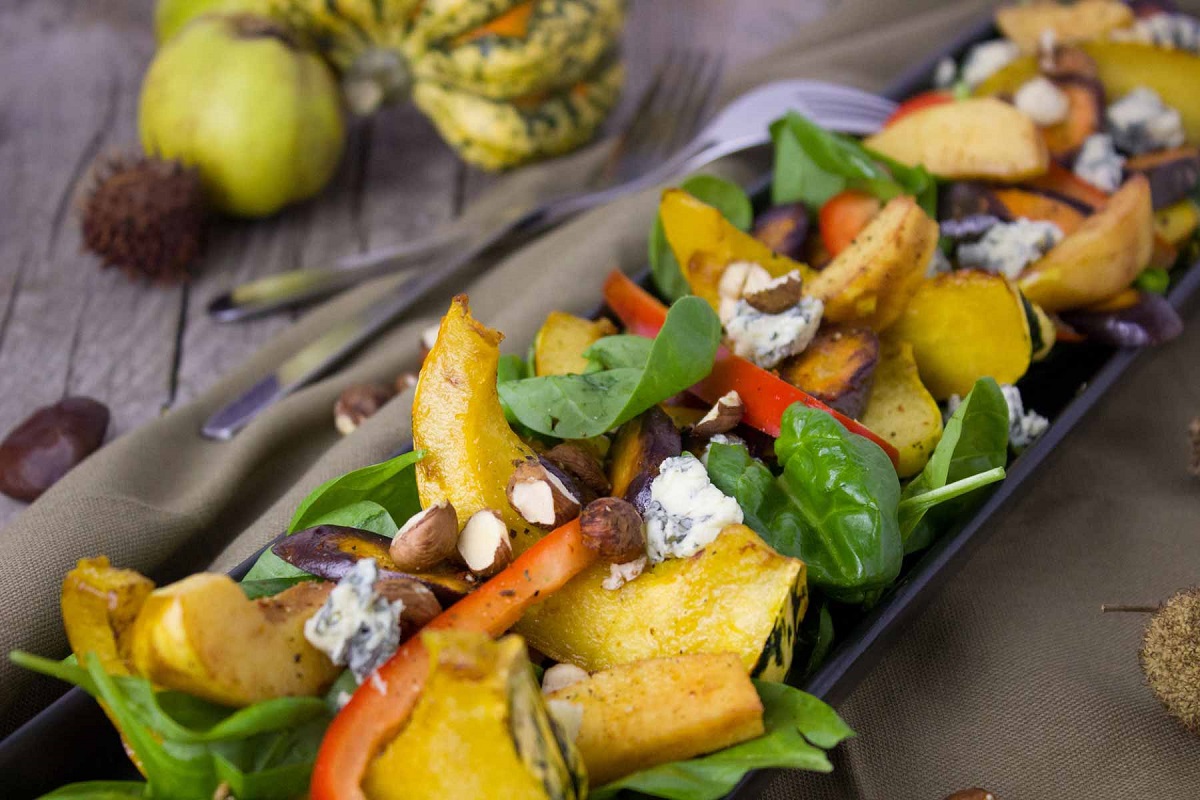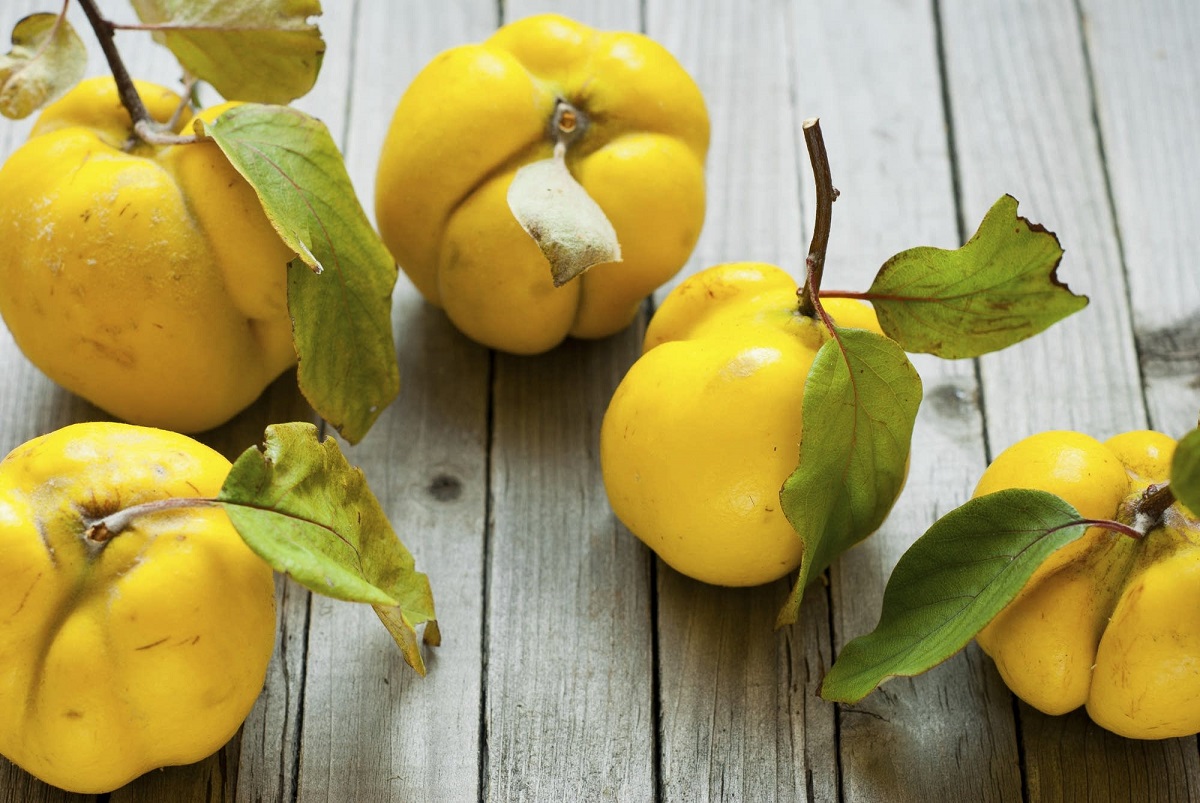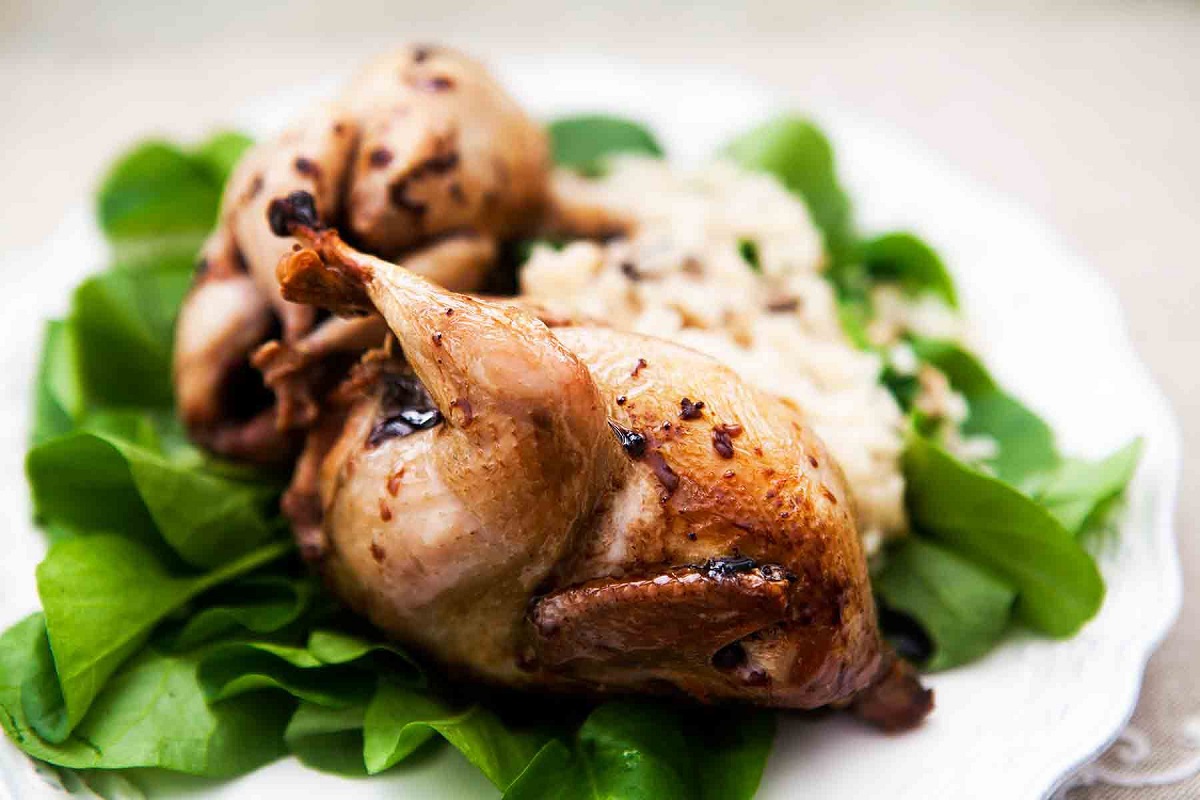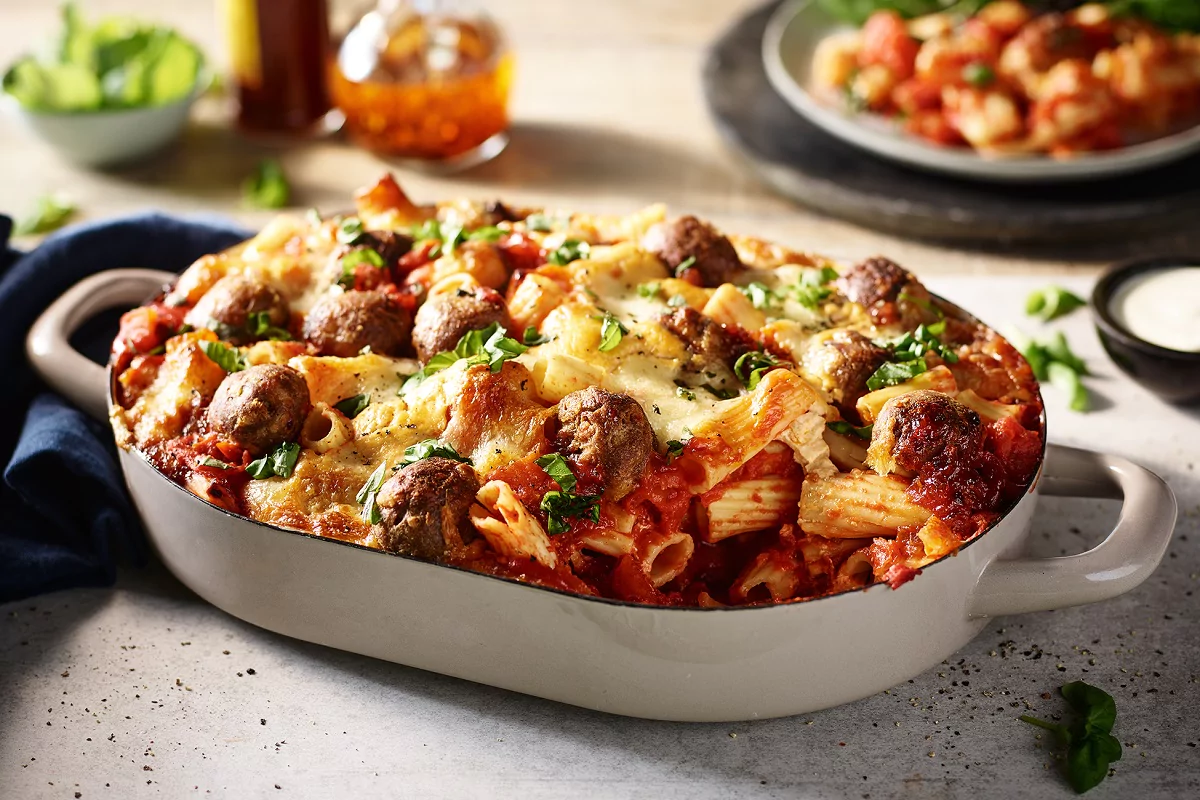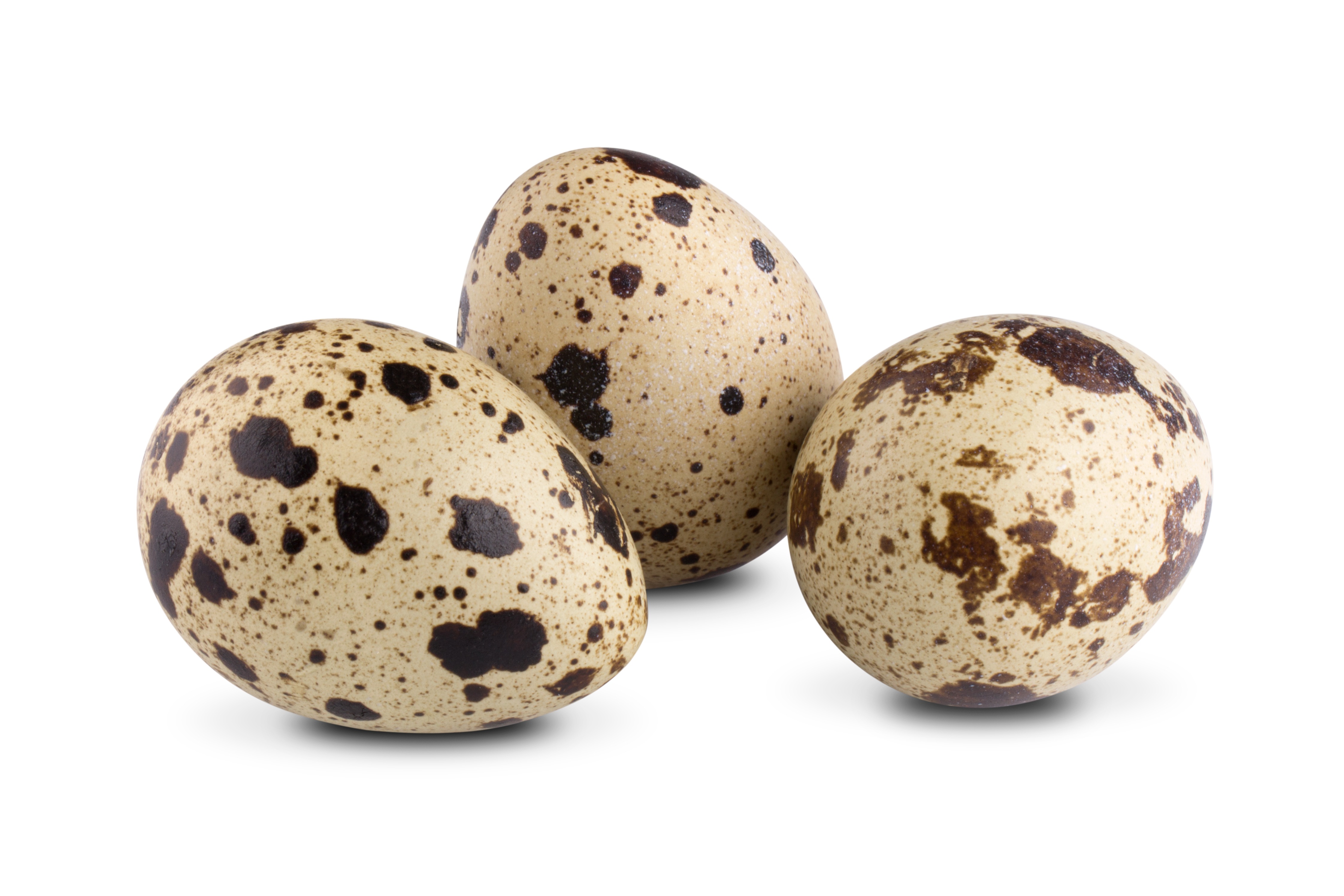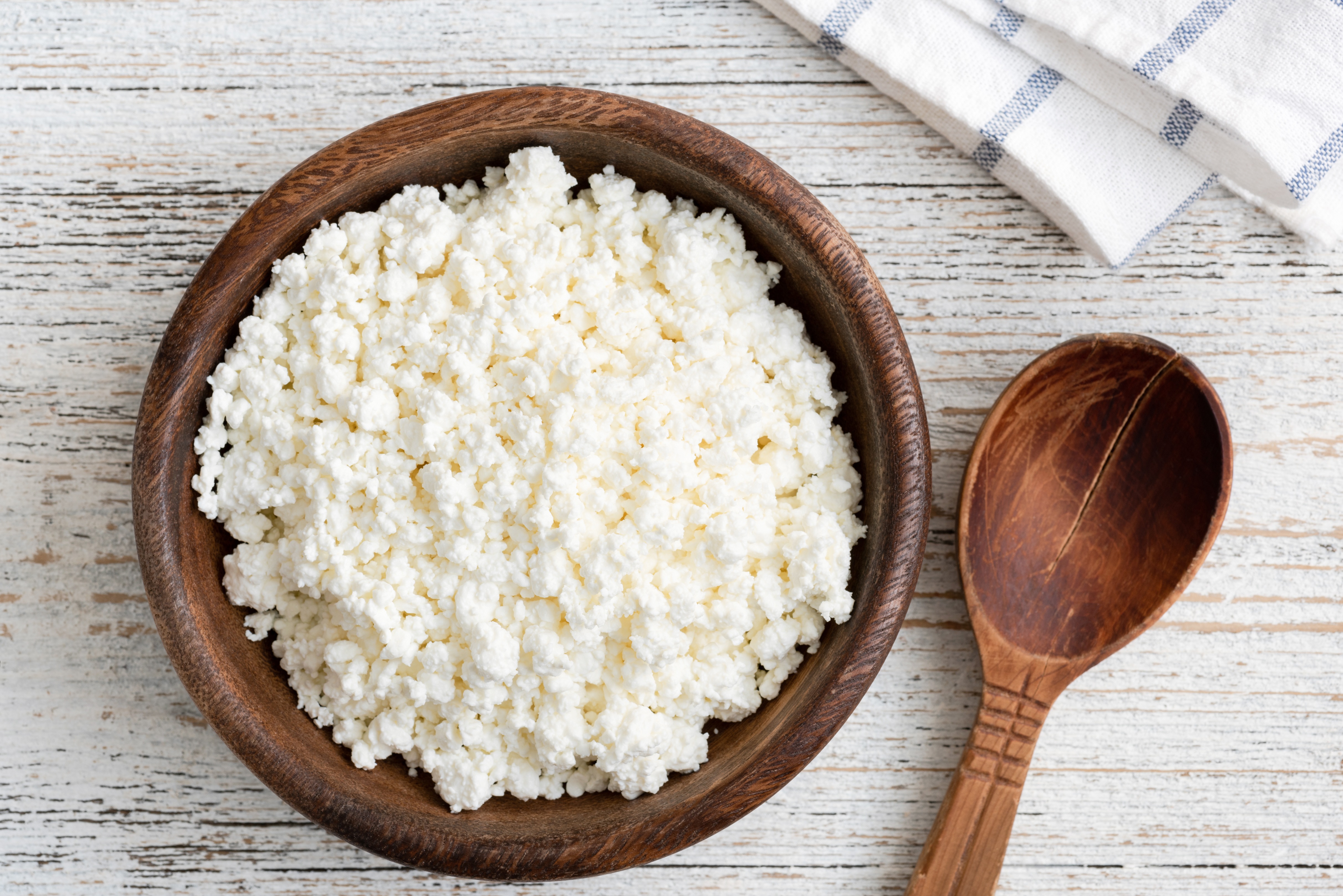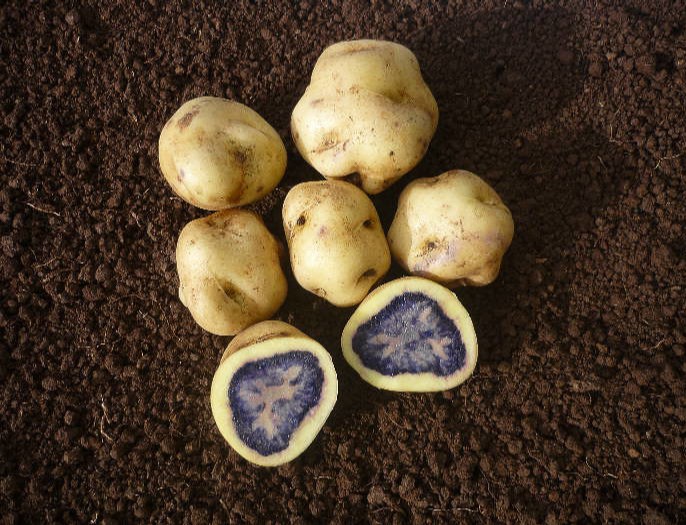There are not that many foods that begin with the letter Q, but those that do are well worth eating. From an ancient fruit to an Inca grain, Q foods liven up any dinner table. Why not serve them all during the same meal? It would certainly be a talking point.
Table of contents:
1. Quince
The quince is one of the oldest cultivated fruits. It was grown by the Greeks and the Romans and was an important food in medieval times. Quinces are hard and sour when raw, and only the best can be eaten without cooking.
Traditionally, quinces were left out in the frost until they turned sweet. This process was known as bletting. Dipping raw quinces into seawater between bites also makes them taste sweet.
Roast quinces until their flesh turns red. They develop an intense aroma and flavor and lose their sourness. Cooked quince deepens the flavor of apple pies and sauces, and goes well with roasted meat.
2. Quinoa
A South American grain originally cultivated by the Incas, Quinoa is rich in iron, phosphorus magnesium, and calcium. Because it is eaten as a whole grain, it also contains a lot of fiber. Quinoa contains all the essential amino acids, making it a much more complete source of nutrients than wheat and rice. Among the common grains, only oats have as many essential amino acids as quinoa.
Cook quinoa the same way as rice, boiling or steaming it until the thread-like germ separates from the seeds. Use it in place of other grains, or as a couscous substitute. Quinoa has a light texture, and a mild, nutty flavor similar to the taste of whole-grain rice. The grains hold their shape well and can be used cold to bulk up salads.
More: 10 High Protein Foods to Keep Your Appetite in Check
3. Quail
Quails are small relatives of the partridge. Because of their size, they are cooked and eaten whole. Quails are quite high in fat and cholesterol, so are best eaten as an occasional treat. They are rich in iron and provide calcium if you consume the bones.
Quails are also farmed for their tiny but tasty eggs. Cook quails in stews, or roast them quickly. Keep roasted quails moist by wrapping them in bacon, or basting them with a spicy honey sauce.
4. Quorn
Quorn is a meat substitute made from a type of fungus. It is marketed as a mushroom protein and is the most widespread meat substitute in Great Britain and Europe. Quorn is fat-free and rich in protein.
Quorn products contain eggs and are therefore not suitable for vegans. Use Quorn cubes instead of meat in stir-fries and stews. Quorn mince is an excellent substitute for beef or lamb mince as it contains all the healthy protein, but none of the saturated fat and cholesterol.
5. Quail Egg
Quail eggs contain many nutrients and are often recommended to improve memory and intelligence in school children and material for the growth and development of body muscles. The composition of quail eggs is beneficial to the human organism and protects it from inflammation and infection. Furthermore, they differ from chicken eggs in the balanced ratio of proteins and fats and have a more pronounced taste.
Quail eggs are sometimes added to various cocktails and smoothies and go well with meat, fish, and vegetable salads. In addition, multiple masks of egg yolk and egg white with the addition of aloe, cucumber, or castor oil are excellent for refreshing and toning the skin. For those who like to eat healthily, quail eggs can become an integral part of nutrition.
6. Quark
Quark is a well-known fermented dairy product, widely used in sports and dietary nutrition from milk and sourdough. It is one of the primary dietary sources of dairy protein, calcium, and other essential vitamins. Quark plays an indispensable role in maintaining healthy bones, contributes to a healthy metabolism, beneficial effects on hair and nails, and muscle recovery.
In addition, quark is one of the few products that can be eaten during evening hours, but in small portions, as it does not create a heavy load on the digestive system and is well absorbed. It can be mixed with nuts, dried fruits, cooked in the oven, or multicooker to please your body daily with a tasty dish.
7. Qeqorani
Photo credit: facebook.com
Qeqorani is a small potato with a deep earthy flavor and a slight nutty hue, native to Peru. It is spherical or elliptical and has a creamy to yellow or deep purple inside with a fluffy texture. Qeqorani is often consumed for good health as it is an excellent source of antioxidants, iron, fiber, and other vitamins and minerals. This product is suitable for baking, frying, mashing, and boiling, and it can also be fried as chips or served as a side dish with vegetables to poultry, beef, and pork.
8. Quahog
Quahog is a type of hard-shell clam native to the eastern shores of North and Central America. Since ancient times, people have been actively using shellfish in the food production process or eating them because of their naturally occurring irreplaceable beneficial compounds. Seafood is an invaluable source of protein, iodine, vitamins, and phosphorus, and quahog contains plenty of them.
They are often served uncovered with horseradish sauce and often with lemon, also steamed and dipped in butter or chopped and mixed into dishes. But, it is essential to remember that clams suffer from a toxin, black tide, which can be dangerous to human health, so special attention should be paid to the cooking process.
There are not so many Q foods that are nutrient-dense and healthy, but these four might become staples of your monthly meal plan. Feel free to experiment with them to come up with some tasty and wholesome meals.

